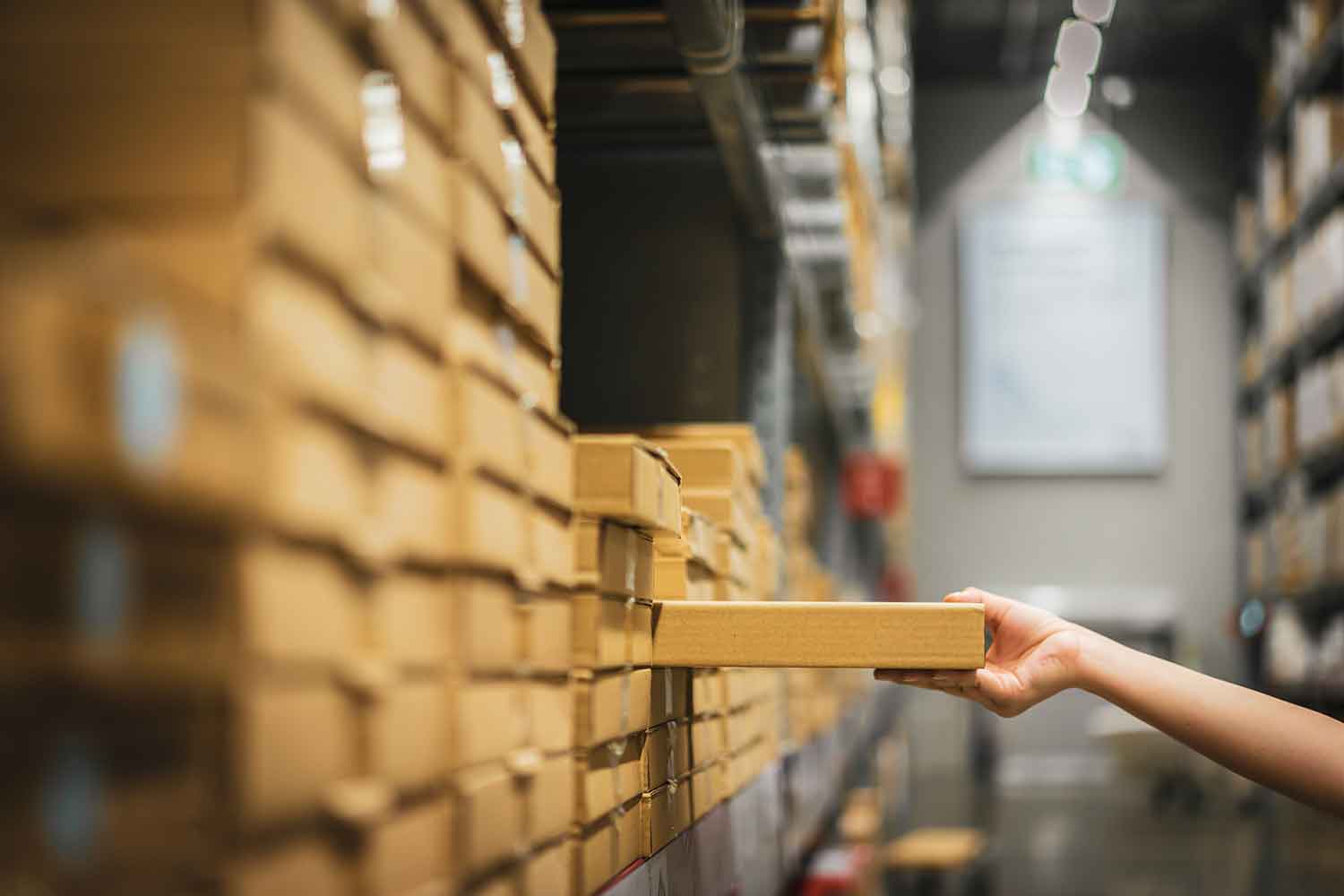Do you mean there’s more than one picking and packing process?
Yes, there is, but before we get into that, it’s important to remember that the speed and accuracy of your picking and packing process plays a critical role in reducing costs, improving efficiency, and ensuring customer satisfaction.
Before we get to the nitty-gritty, let’s stop and think about what is picking and packing.
Picking comes first; this is selecting items from storage for a customer’s order. After that comes packing. This is where all items for each order are packed and prepared for shipment to the customer.
So, which picking and packing process is right for you?
Types of picking and packing processes
No two businesses are the same. Therefore, the picking and packing method for one isn’t going to cut the mustard with the next. That’s why several methods have been developed to cater for the needs of businesses of all sizes.
We have outlined the four main processes below so you can work out which one is best for you.
Discrete Order Picking and packing process
This is the one that most small businesses use.
It goes like this. You receive two orders. You pick and pack all the items for the first order. Then you pick and pack all the items for the second order.
Only one order is completed at a time.
Smaller businesses use this method because they usually have smaller product catalogues and order volumes and want to reduce mistakes as much as possible.
Batch Picking
This one is ideal for small businesses with larger products and order volumes.
Rather than fulfilling one order at a time, batch picking involves gathering one batch of stock-keeping units (SKU) at a time.
So, if you had five orders, three needed Widget A, while 2 needed Widget B, you’d pick all the Widget As first, then select the Widget Bs.
This helps save time and fulfil more orders quickly.
Wave Picking
Now things start to get interesting. Wave picking blends discrete and batch picking together.
Groups of similar orders are fulfilled during scheduled time frames or waves. The orders may have similar SKUs, similar shipping deadlines, or could simply be near one another.
Zone Picking
For larger businesses with a high inventory turnover, zone picking is ideal.
It consists of employees assigned to different zones within your warehouse and only picking items located in their specific zone.
So, if an order comes through that requires items from Zone A and Zone B, the picker in Zone A will gather his items and pass on the order to the picker in zone B to complete the order.
Call the team at Smart Directions on 01442 507 240 to chat about your picking and packing process needs and how they can streamline your fulfilment process.

